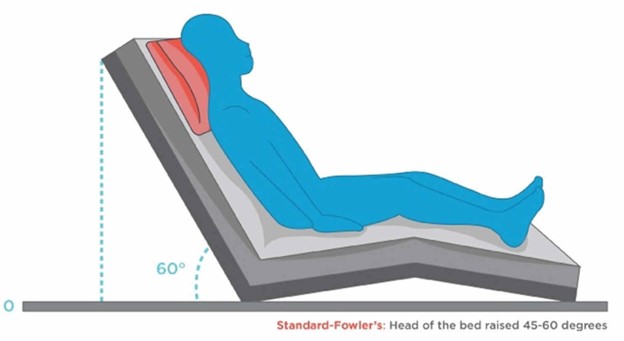A nurse is planning to provide discharge instructions to a client who does not speak the same language as the nurse. Which of the following actions should the nurse take?
Find an assistive personnel who speaks the client's language.
Ask a family member of the client to translate for the nurse.
Arrange for a video conference with an interpreter who speaks the client's language.
Speak to the client while indicating printed instructions in the client's language.
The Correct Answer is C
The nurse should arrange for a video conference with an interpreter who speaks the client's language to provide discharge instructions. This ensures that the client receives accurate and complete information in a language they understand. The other
a. Assistive personnel may not be trained or qualified to provide medical interpretation.
b. Family members may not have the necessary medical knowledge to accurately translate medical information.
d. Simply indicating printed instructions in the client's language may not be sufficient to ensure the client understands the information.
Nursing Test Bank
Naxlex Comprehensive Predictor Exams
Related Questions
Correct Answer is C
Explanation
The nurse should assist the client with a bowel cleansing before an intravenous pyelogram. This helps to ensure that the bowel is empty and that the images obtained during the procedure are clear. The other
a. Oral contrast is not typically used for an intravenous pyelogram.
b. Pain in the suprapubic region is not a common side effect of an intravenous pyelogram.
d. Removing metal objects is important for procedures that use magnetic resonance imaging (MRI), but it is not necessary for an intravenous pyelogram.

Correct Answer is ["A","B","D","E"]
Explanation
The nurse should stop the transfusion, place the client in high-Fowler's position, obtain a prescription for a diuretic, and administer oxygen to the client. These actions can help manage the symptoms of transfusion- associated circulatory overload (TACO), which can occur when a client receives too much fluid too quickly during a blood transfusion.
c. Administering epinephrine is not an appropriate action for managing TACO. Epinephrine is used to treat anaphylaxis, which is a different type of transfusion reaction.

Whether you are a student looking to ace your exams or a practicing nurse seeking to enhance your expertise , our nursing education contents will empower you with the confidence and competence to make a difference in the lives of patients and become a respected leader in the healthcare field.
Visit Naxlex, invest in your future and unlock endless possibilities with our unparalleled nursing education contents today
Report Wrong Answer on the Current Question
Do you disagree with the answer? If yes, what is your expected answer? Explain.
Kindly be descriptive with the issue you are facing.
